Some more mundane drones from the current air show:
WJ-700

Cloud Shadow

Sky Hawk (rumored to be carrier-borne UAV)

Wing Loong II (with insignia so PLAAF in service UAV)
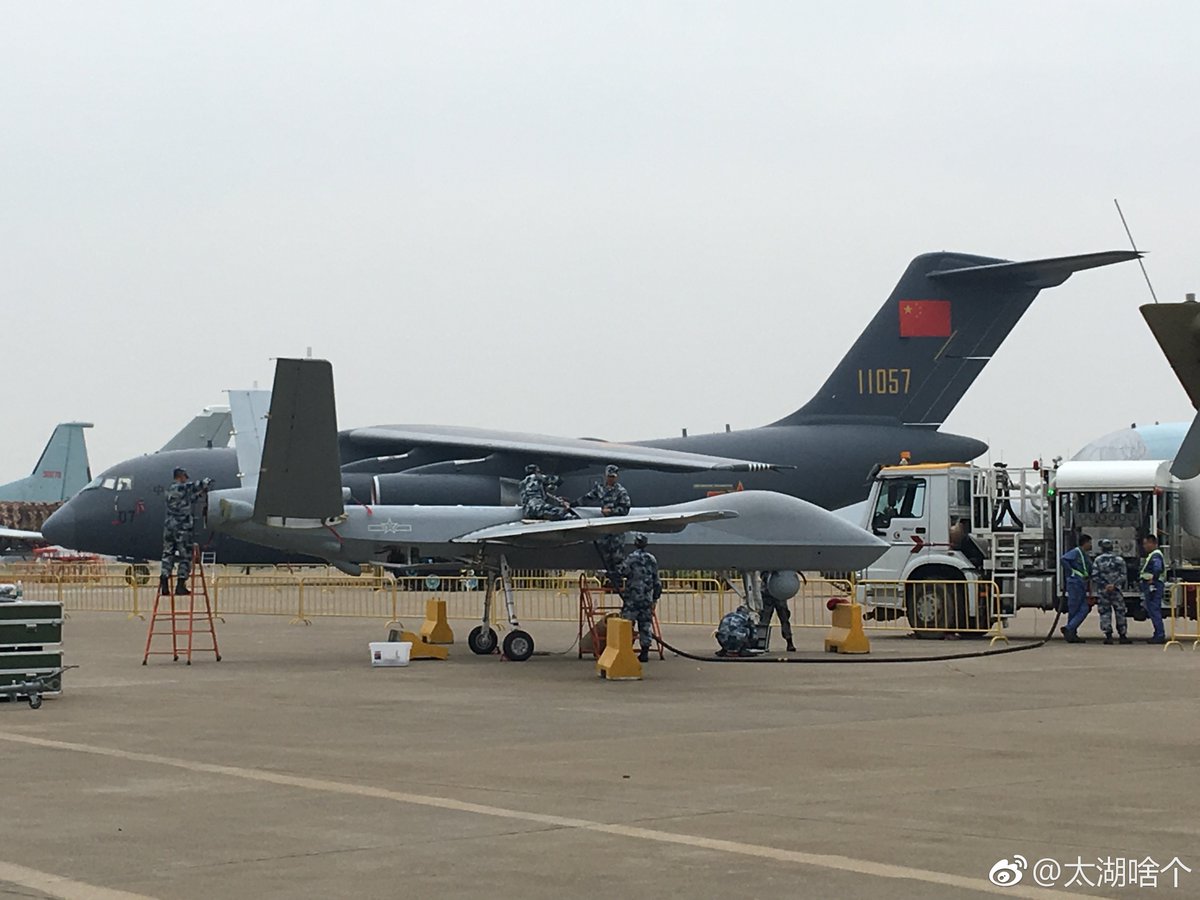








Henri Khenmahn reported on satellite images of at least 8 Wing Loong IIs deployed in xinjiang province in October. This image in particular, so I guess its safe to say that it is officially in service with the PLAAF, which also operated Wing Loong I UCAVs:chola wrote:Wing Loong II (with insignia so PLAAF in service UAV)


Manish_P wrote:What is this
At the 2018 Chinese air show
The CASIC FK-119 Nuclear Delivery Capable Stealth Drone.Kartik wrote:Manish_P wrote:What is this
At the 2018 Chinese air show
what on earth is this abomination??!
The welcome is appreciated mate, but who or what is a DavidD?hnair wrote:Looks like history lesson time at PLAAF. While testing, they might have found it to be too stealthy for their radars. But then they have not yet figured out that those little pills under F22 are Luneberg lens and it is cool to have them. No other explanation for those three mijjiles on that airframe
AGI, are you the new DavidD? if so, welcome
Chinese exhibitors never place PLA roundels on any military hardware not being developed with PLA backing or not in PLA service. Even more ridiculous is that it has PLA Navy insignia as well.Kartik wrote:Manish_P wrote:What is this
At the 2018 Chinese air show
what on earth is this abomination??!
Performances of CH-7 in many areas are much better than the US-made RQ-170, and pretty close to the RQ-180. This release has made China the 2nd country to own a high-altitude long-endurance combat UAV with advanced penetration capability: chief engineer & designer of the CH UAVs
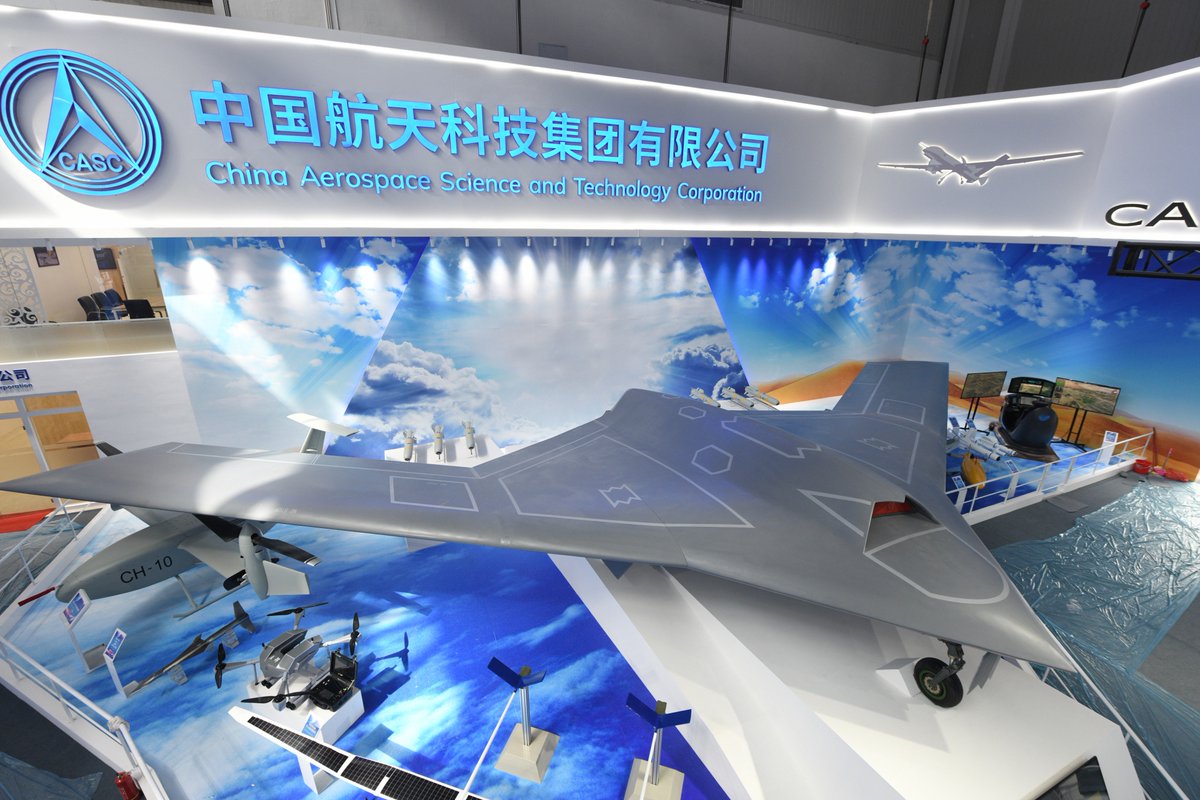
so that no body defaults on their parking fees.brar_w wrote:Why is sitting in what seems to be a parking lot?
So you are saying this thing is already in service with PLAN.AGI wrote:Chinese exhibitors never place PLA roundels on any military hardware not being developed with PLA backing or not in PLA service. Even more ridiculous is that it has PLA Navy insignia as well.Kartik wrote:what on earth is this abomination??!
I don't think that's even part of the Air-Show. Looks like a display outside a mall or something.
CM401 seems more like a surface to surface anti-ship ballistic missile capable of launching from TEl's on land and from surface combatants. By the looks of it, it seems to be based on the DF12 (PLA designation)/ CSS-X-15 (NATO designation)/M20 (export designation) tactical ballistic missile.AGI wrote:Not really...Singha wrote:the CM401 seems like the chinese analogue of the Kinzhal missile on Mig31.
There have been no indications thus far that the CM 401 can be air launched ala the Kinzhal. The only air launched BM ever displayed at Airshow China was the CM400AKG build by the same manufacturer. It is the air to surface missile Pakistani's were calling a "carrier killer" despite the manufacturer clearly stating that it is mainly designed to strike fixed targets:
CM400AKG is an air launched version of the SY400 in PLA service and recently sold to the Qatari's. They have the same MTCR regulated 280km range and 200kg warhead:

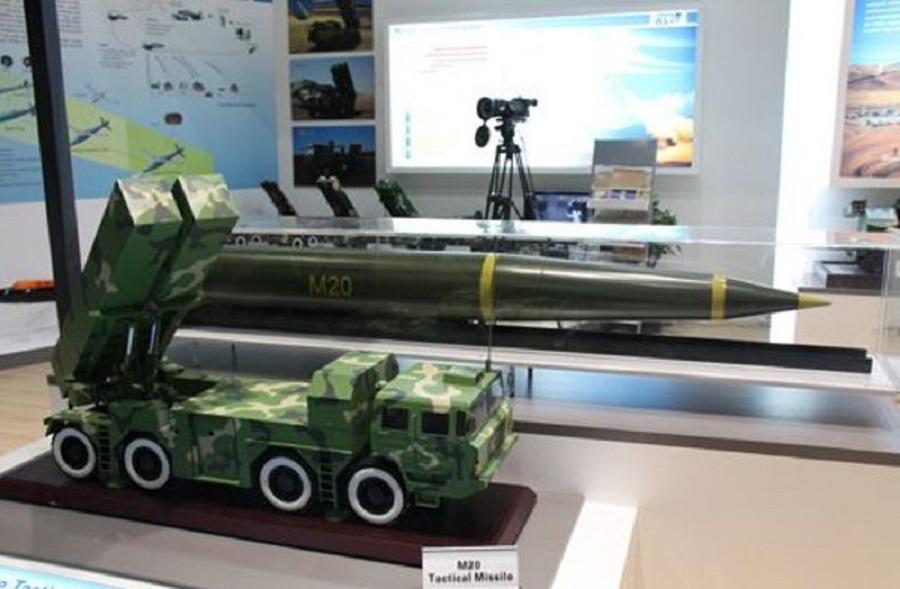
ALBMs are a very old concept dating back to the cold war. There have been small, medium and even large sized ALBMs proposed, some even extensively tested so I don't really see a lot of commonality between what Russia, Israel and China seem to be doing in this space. These are simply solutions and ideas that have existed for decades, now being put into production, to develop relatively cheaply,fast medium-long range strike systems. The concept will move a couple of steps ahead when Russia, China, or the US tests the first Air Launched Boost Glide System with >50% non-ballistic maneuvering flight. The US plans on doing it with the B-52 next summer but the other two nations are likely also working on their systems.Singha wrote:the CM401 seems like the chinese analogue of the Kinzhal missile on Mig31.
tsarkar wrote:With WW2 rockets underwingchola wrote:^^^ The CASIC FK-119 Nuclear Delivery Capable Stealth Drone. A rare find indeed!
He is alleged to be one of the 50-centers assigned to BRF.AGI wrote:The welcome is appreciated mate, but who or what is a DavidD?
The AVIC Guizhou FTC-2000G has made its public debut, appearing in the static line at Airshow China in Zhuhai.
The FTC-2000G appeared amid a range of air-to-air and air-to-surface weapons, such as the SD-10 semi-active air-to-air missile (the export variant of the PL-12), the CM-102 anti-radiation missile, and various guided and non-guided bombs.
Targeted at the international market, the FTC-2000G’s appearance comes just over one month after the its maiden flight. It is based on the FTC-2000 AJT, which itself made its show debut at Zhuhai in 2016.
At its stand in 2016, AVIC displayed a model the FTC-2000G. It offers seven hard points compared with five for the baseline FTC-2000. Its maximum take-off weight is also higher at 11,000kg, compared with 9,800kg for the FTC-2000.

MiG-21 plus R-25 turbojet. They are matched by the Iranian F-5 clone with the Owj J-85 copy. In trying to leapfrog with the LCA and Kaveri turbofan, we skipped this step of a cheap turbojet fighter entirely. We’ve assembled hundreds of MiG-21s and R-25s but we’re going to be lapped by Iran in having a fully indigenous jet with both airframe and engine built domestically.Kartik wrote:Prodyut Das's wet dream cum true. a MiG-21 design derivative being targeted for markets that cannot even afford the JF-17.
AVIC FTC-2000G makes public debut

I posted about the Y-10 earlier in this thread. It is an incredible story. And parable with a lesson.abhik wrote:lol just kidding
Though I must say there is definitely a lack of knowledge here - doesn't stop people from making pompous proclamations dissing chinese maal.
Only a couple weeks back I found out that the chinese had built a Boeing 707 analogue in the 70/80s, didn't workout eventually.
https://en.wikipedia.org/wiki/Shanghai_Y-10
By Zhangmingda - Own work, CC BY-SA 4.0, https://commons.wikimedia.org/w/index.p ... d=38458678
Chengdu Aerospace Corporation would have definately have had to improve the existing FCS on the J10C to integrate a TVC engine. Pics and video from the WS10 TVC display at the manufacturer's pavilion:Austin wrote:So far the best video showing J-10B TVC performed Cobra maneuver, J-turn, Falling leaf maneuver. Video by @ChinaAvReview
https://twitter.com/dafengcao/status/10 ... 1364423682
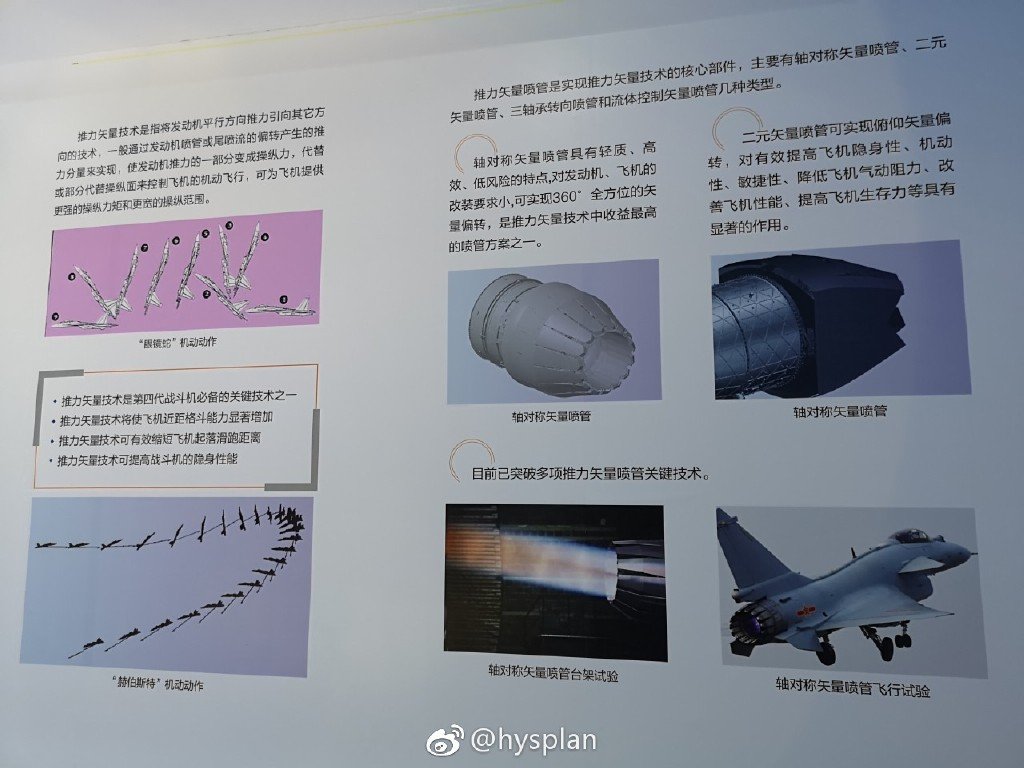
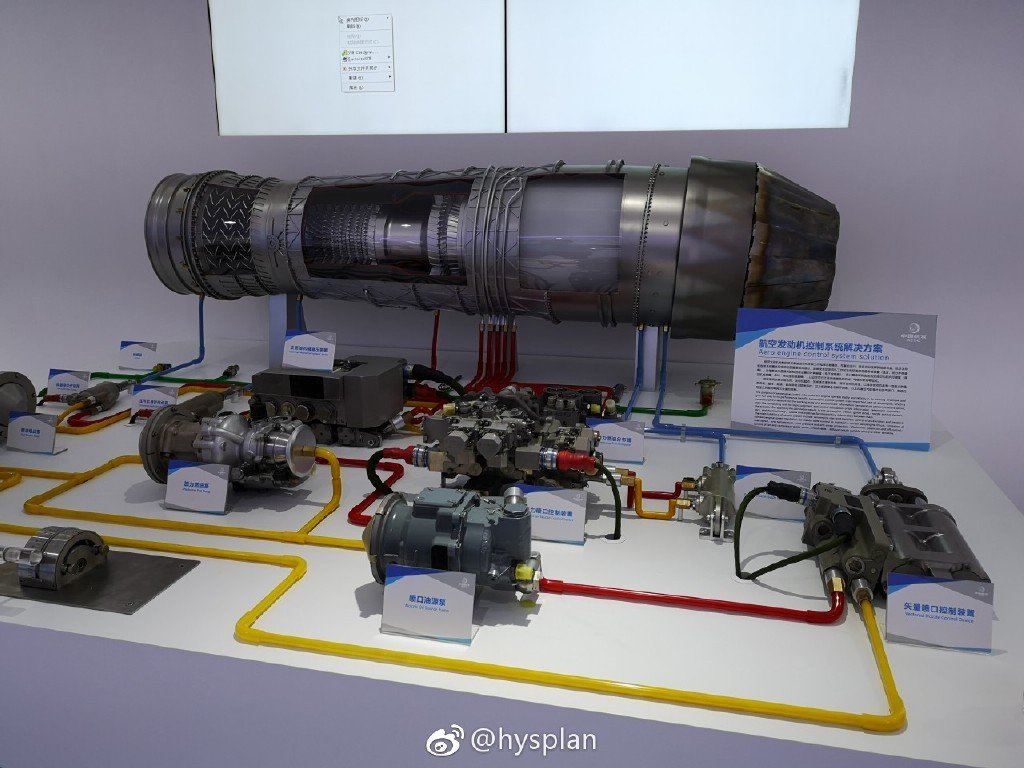

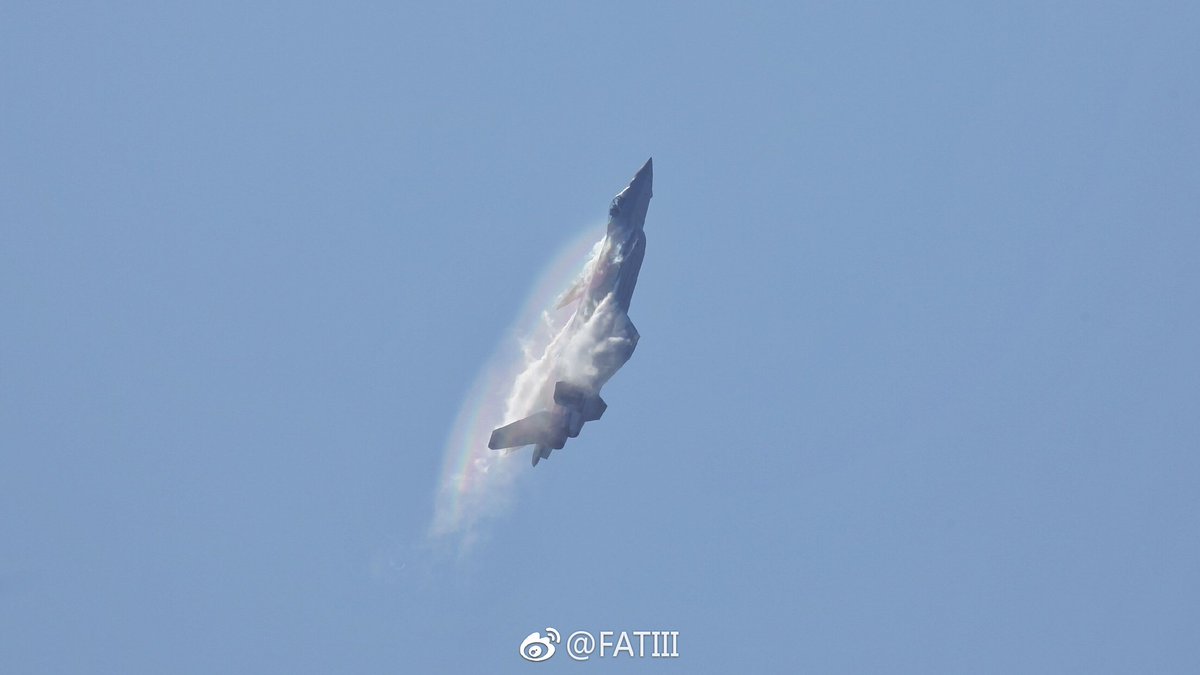
It is a downgraded AESA but its still an AESA. The JF17 was always meant to be a low cost export fighter to apeal to countries replacing F5's or Mig 21's. What would be the point in a 10 million dollar radar on a 25 million dollar jet?nam wrote:From twitter: LETRI Air cooled AESA, shown for JF17, fundamentally for export.
https://twitter.com/RickJoe_PLART/statu ... 9914651649
I am not convinced of Air cooled business. Might be usual marketing gimmick or this thing was not really tested for combat. If it is really going in to JF17, then Chinis don't seem to be interested in giving the best tech they have to their rent boy. "Air cooled" would be cheaper and probably lighter, than the current cooling methods.
If they are using GaN, then may be, it might have reduced cooling needs. If that is the case, then it is a achievement to get a X band GaN, jet radar.
Regular AESA with air cooling method, is a downgraded AESA.
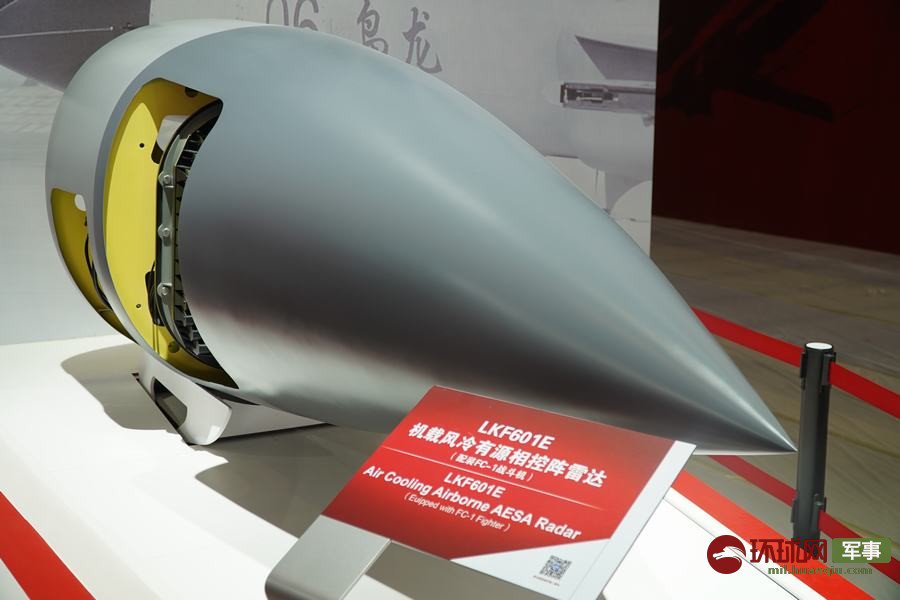
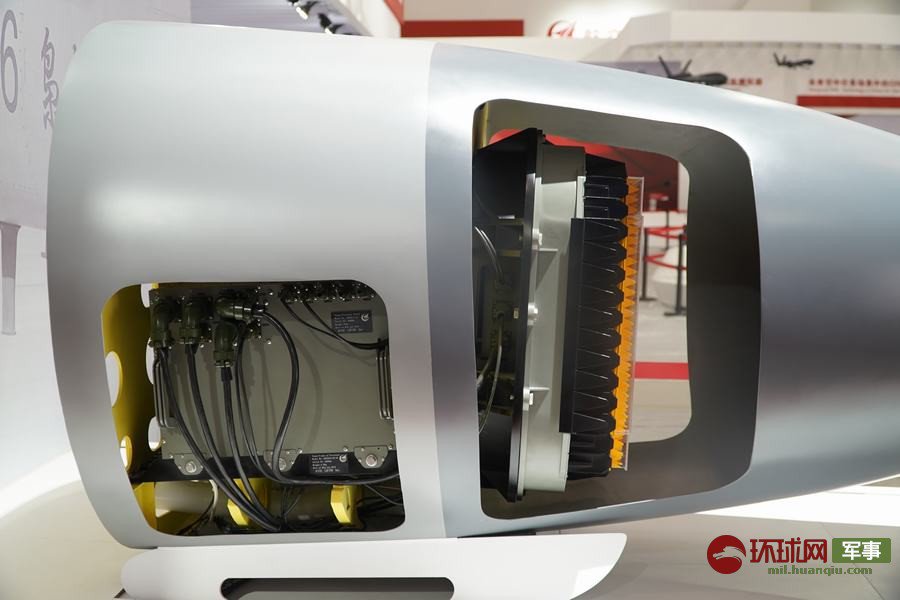

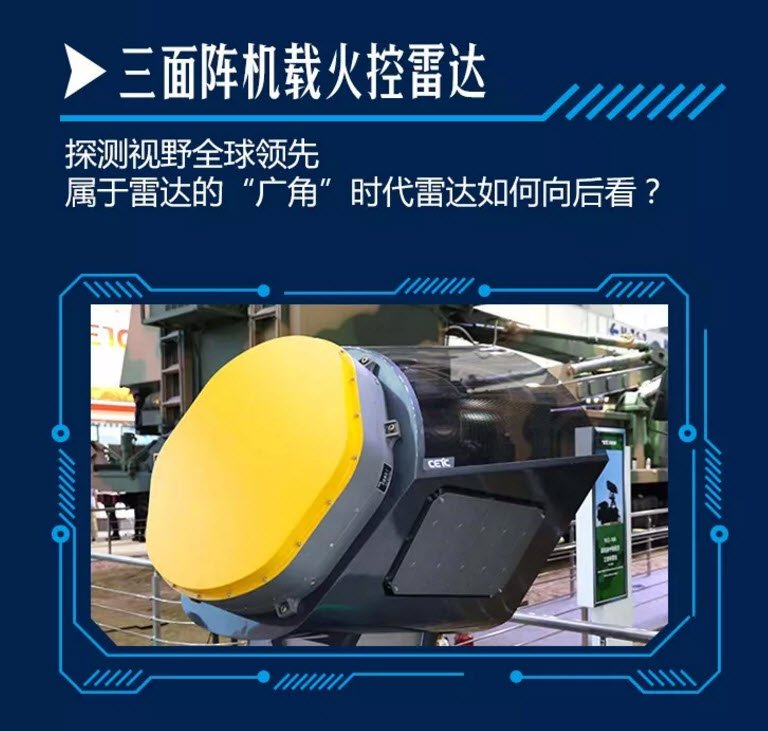
The buying cost yes, however other may not necessary be the case. With a deficient cooling method, the TRM modules will have much lower reliability. Increased failure rates and need for replacement.AGI wrote:
Low cost, less maintenance needs, higher reliability, a 100%+ increase in detection range for airborne, ground and sea targets versus the original mechanical scanning array, easy upgrade....
For the same power rating , GaN are more power efficient ( reduced heating), hence will need lower cooling.Prasad wrote:GaN have higher cooling requirements. Not lower.
Getting a western radar would mean getting a western BVR. Not happening as Paks have no money.Singha wrote:what happened to the RC400-E radar for JF17 ?
It is indisputable that a liquid cooling system will always carry a higher maintenance cost and weight penalty than an air cooling system.nam wrote:The buying cost yes, however other may not necessary be the case. With a deficient cooling method, the TRM modules will have much lower reliability. Increased failure rates and need for replacement.AGI wrote:
Low cost, less maintenance needs, higher reliability, a 100%+ increase in detection range for airborne, ground and sea targets versus the original mechanical scanning array, easy upgrade....
Detection range is also dependent on your cooling method. AESA have increased power requirements compared to mechanical scanning. Nor will it achieve superior detection sensitivity.
It might be cheaper to buy, however much more expensive to maintain & use. If cost is the prime factor, these countries might as well stick with their existing radar.
It may be mitigated to some extent if GaN, which are more power efficient are used. Doesn't look like it is the case.
I will be very surprised if PAF goes for this option.


